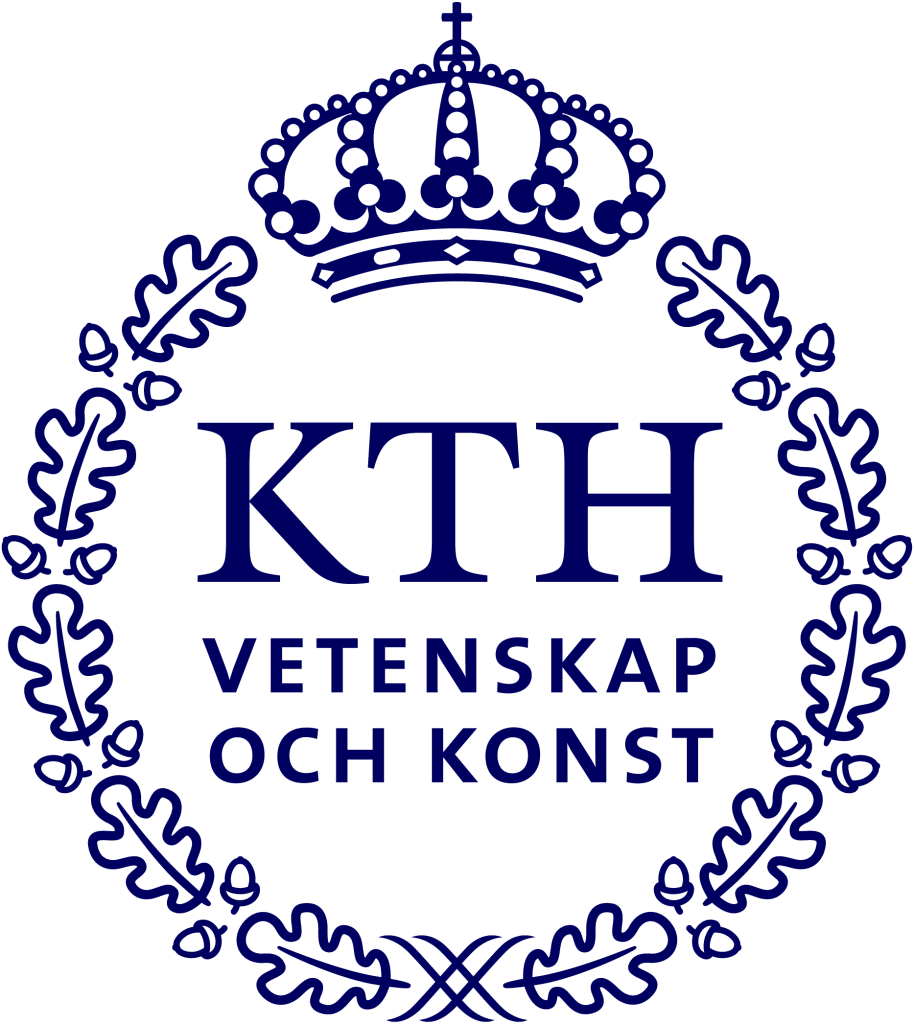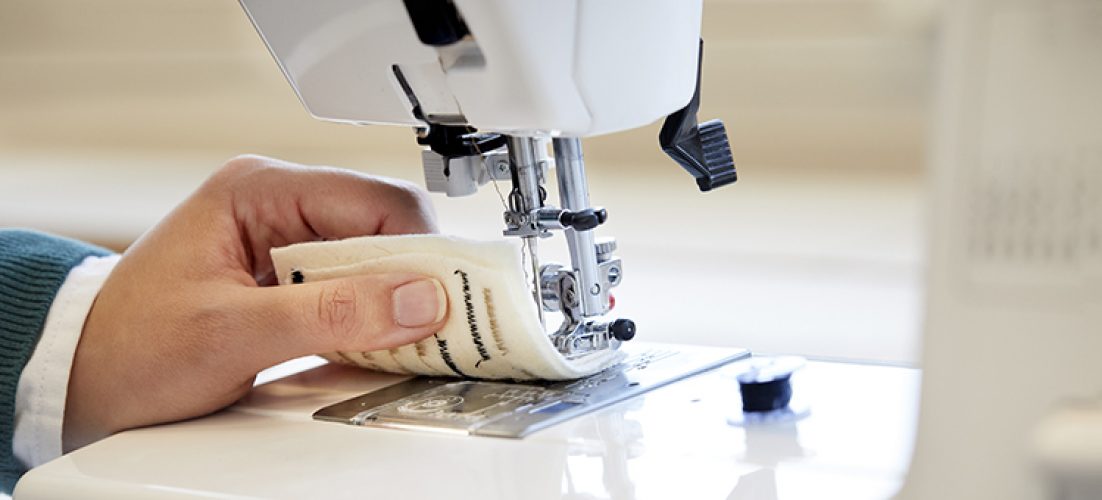The yarns were produced by a roll-to-roll coating process with an ink based on the biocompatible PEDOT:PSS and could be used in a household sewing machine. The findings were recently published in ACS Applied Materials & Interfaces.
“This cellulose thread could lead to garments with built-in electronic, smart functions, made from non-toxic, renewable and natural materials,” says Sozan Darabi, PhD student in WWSC in professor Christan Müllerss group to Chalmers.se
Read the full article at Chalmers.se >>
The conductive cellulose yarns from Chalmers have also caught attention outside the scientific community. Recently the BBC programme Digital Planet interviewed Sozan Darabi about her work. Listen to the programme here: https://www.bbc.co.uk/sounds/play/w3ct1lr
Read the scientific article:
Green Conducting Cellulose Yarns for Machine-Sewn Electronic Textiles
Sozan Darabi, Michael Hummel, Sami Rantasalo, Marja Rissanen, Ingrid Öberg Månsson, Haike Hilke, Byungil Hwang, Mikael Skrifvars, Mahiar M. Hamedi, Herbert Sixta, Anja Lund, and Christian Müller
ACS Applied Materials & Interfaces 2020 12 (50), 56403-56412
DOI: 10.1021/acsami.0c15399





